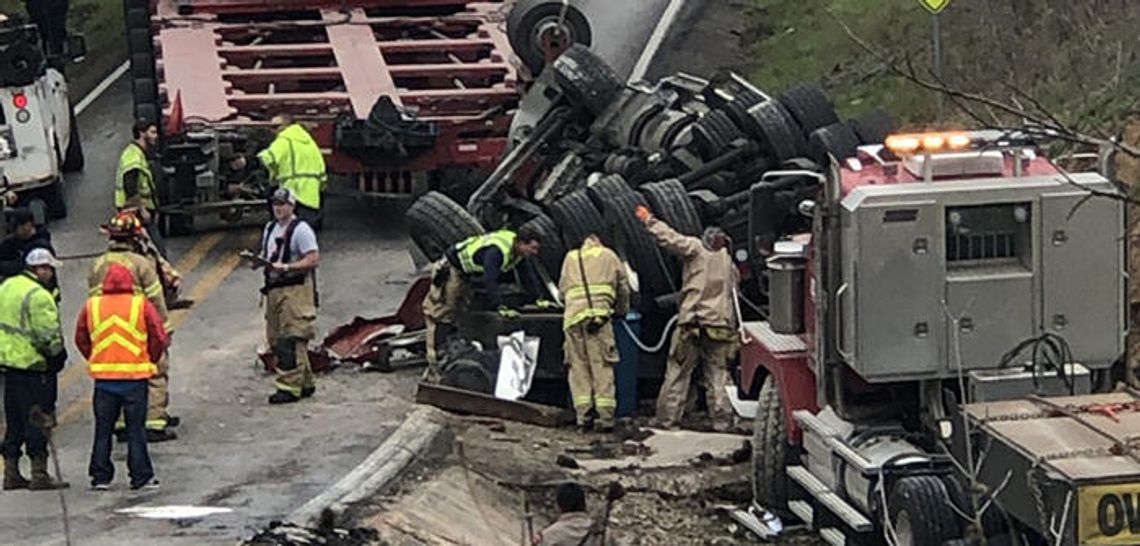A handful of vehicle incidents along FM 150 at the Onion Creek double crossings, including several involving 18-wheelers, is pushing Hays County officials to try and rectify the issue.
Last week, Kyle Fire Department officials responded to an overturned semi-trailer that required several hours to clear. It’s one of several wrecks in the area involving vehicles of all types.
PLEASE LOG IN FOR PREMIUM CONTENT. Our website requires visitors to log in to view the best local news.
Not yet a subscriber? Subscribe today!










